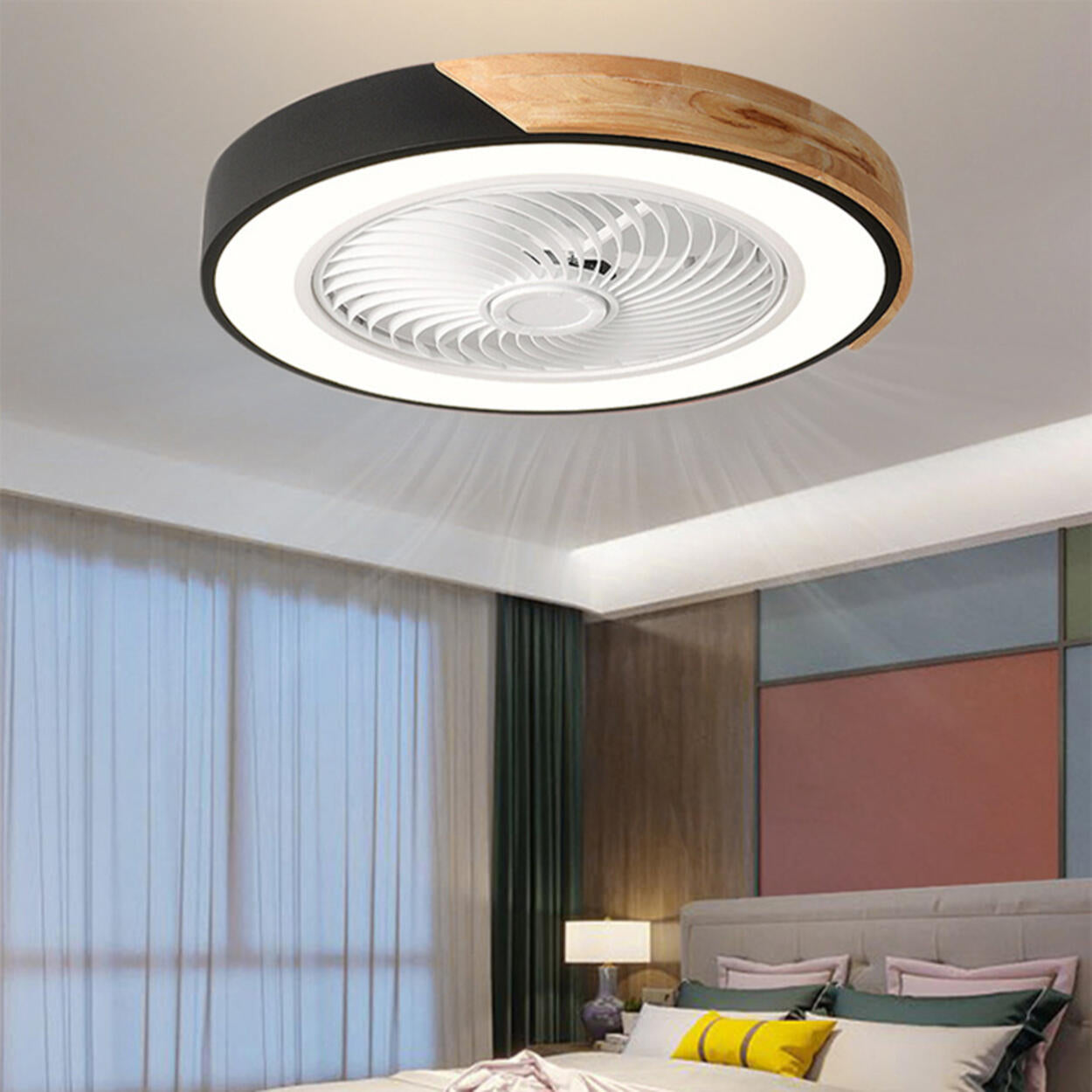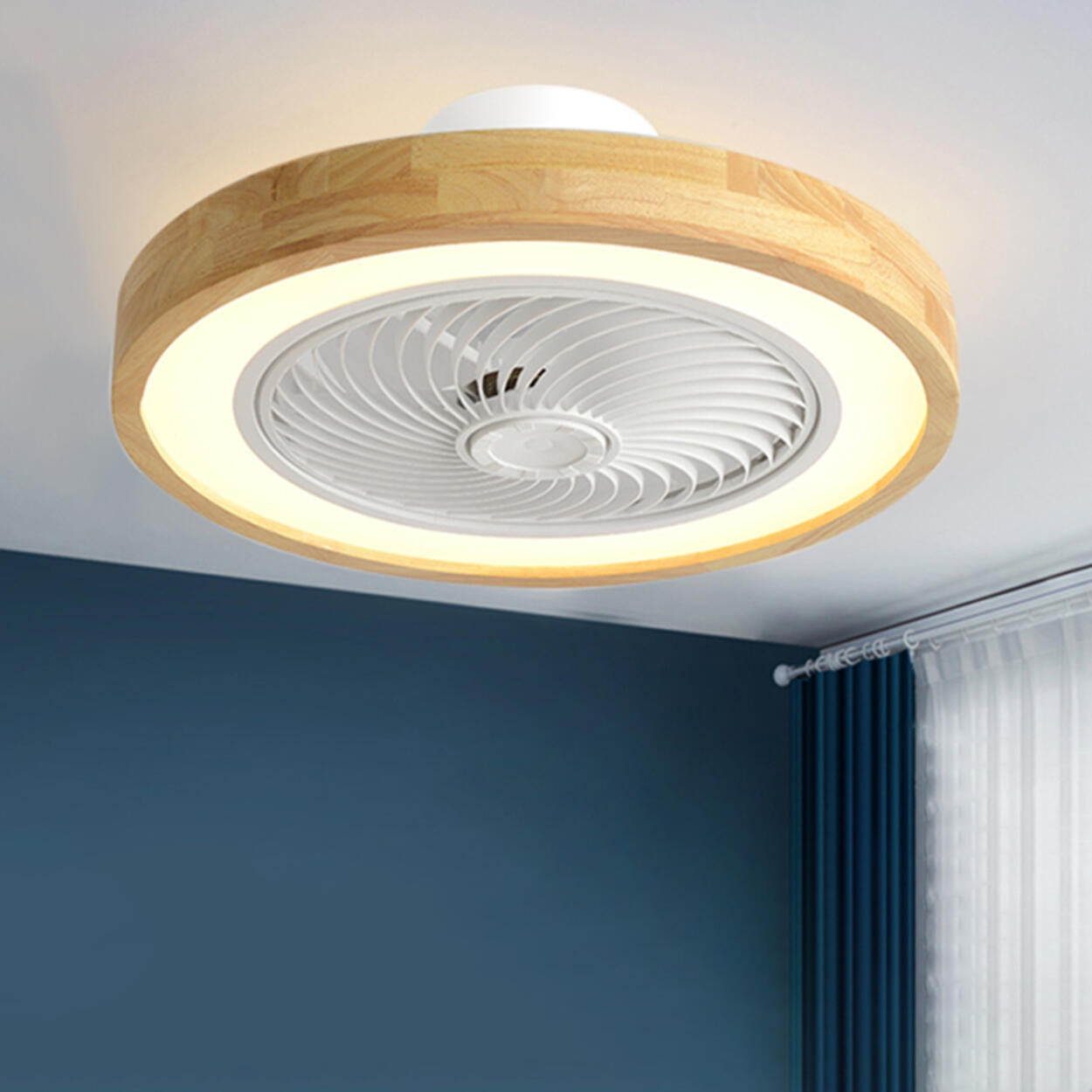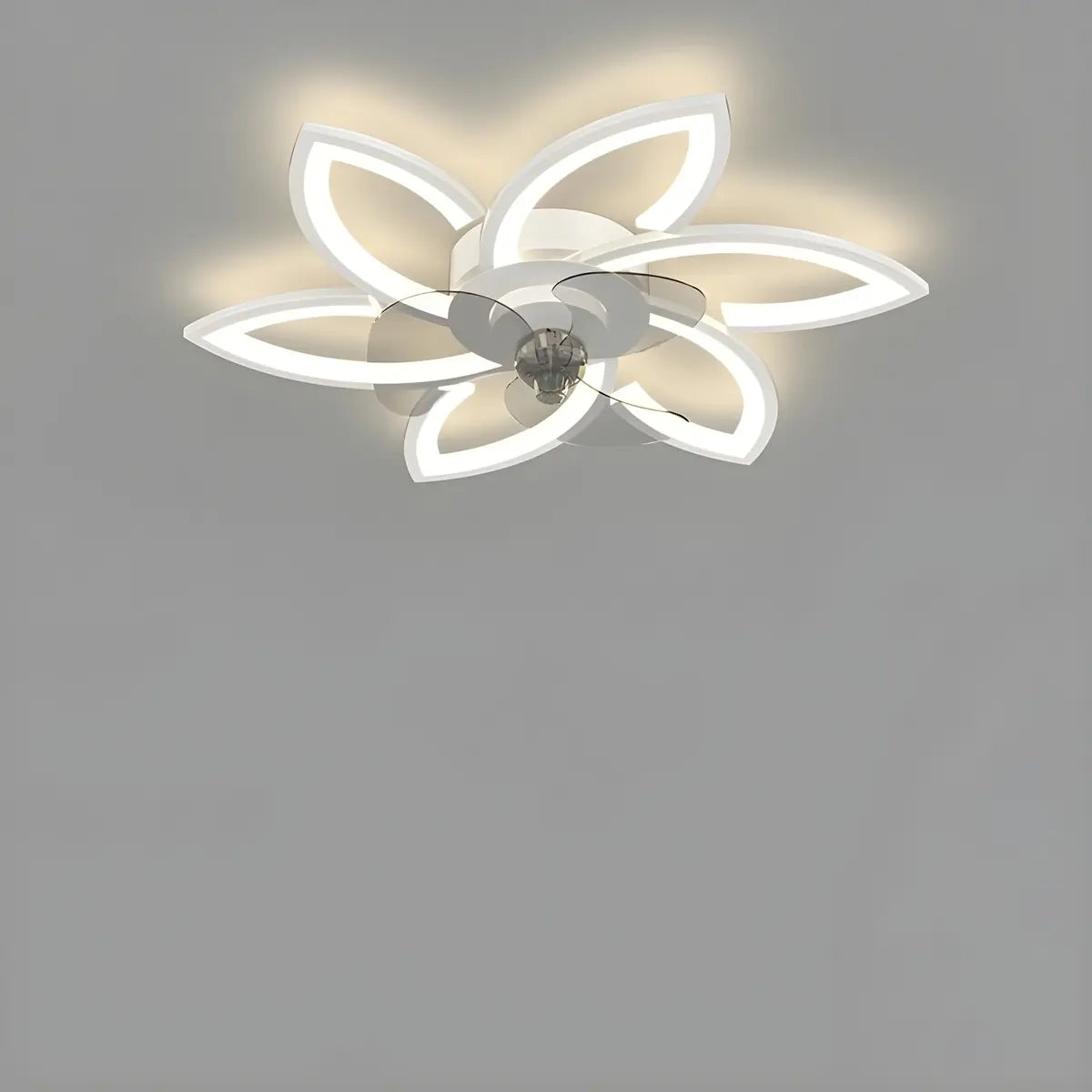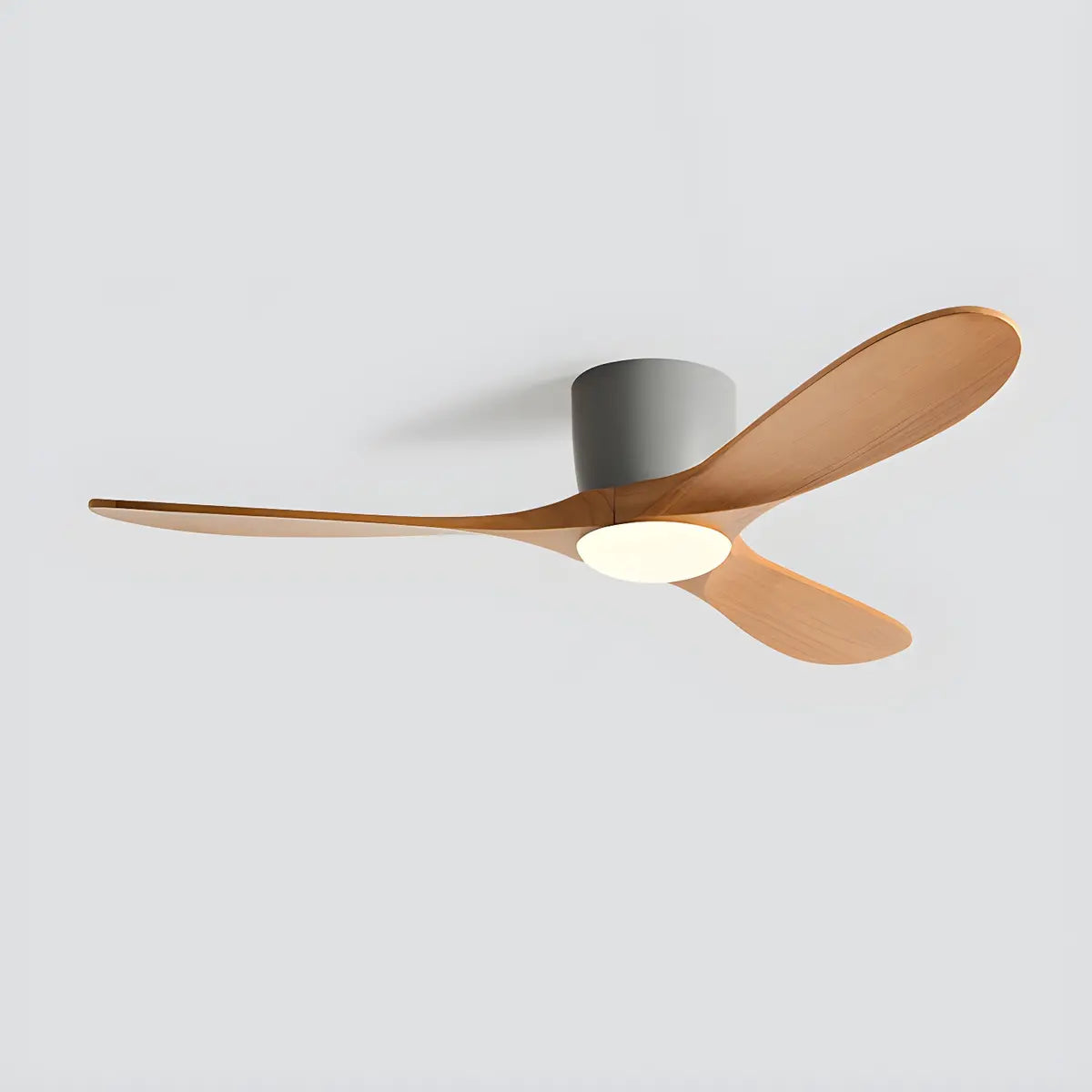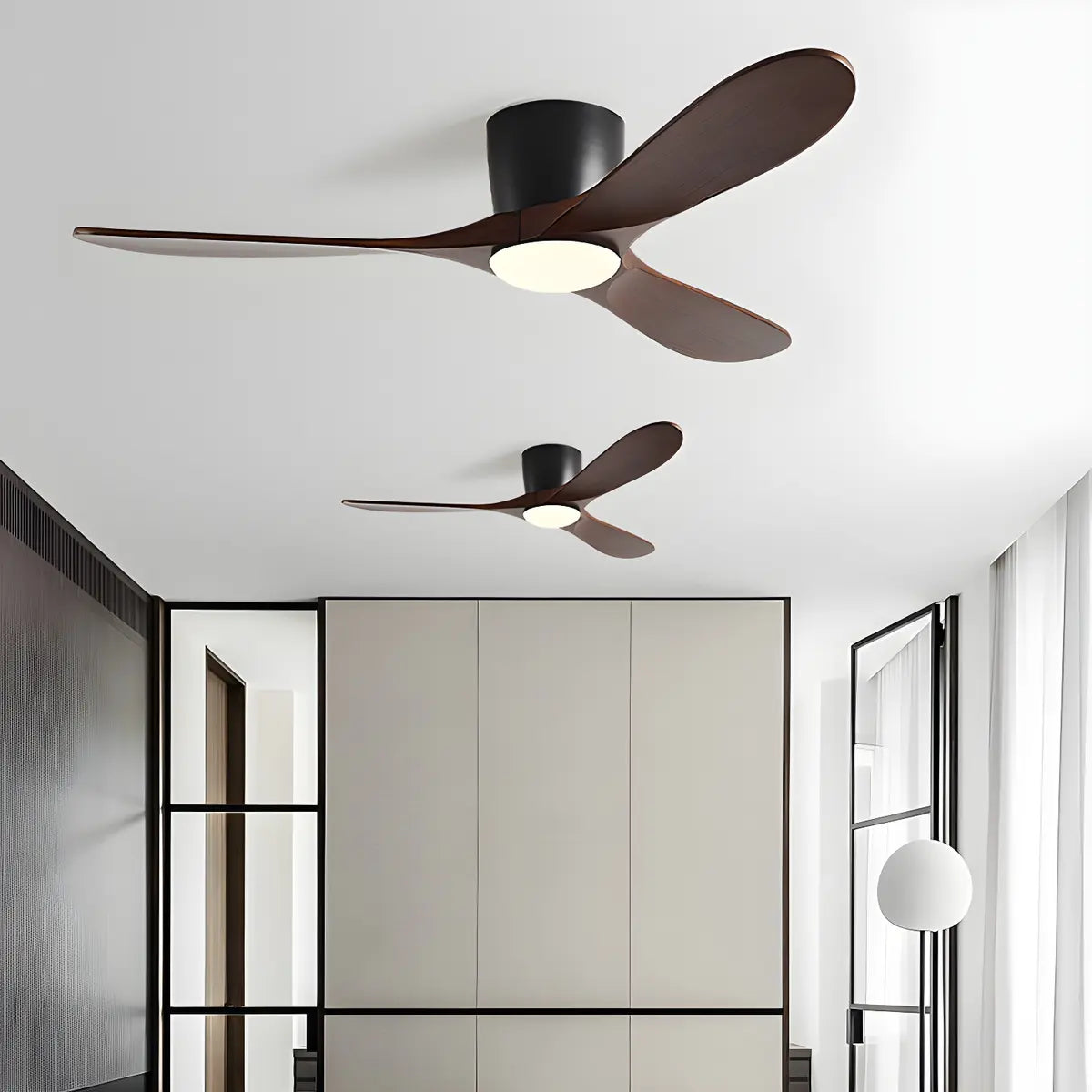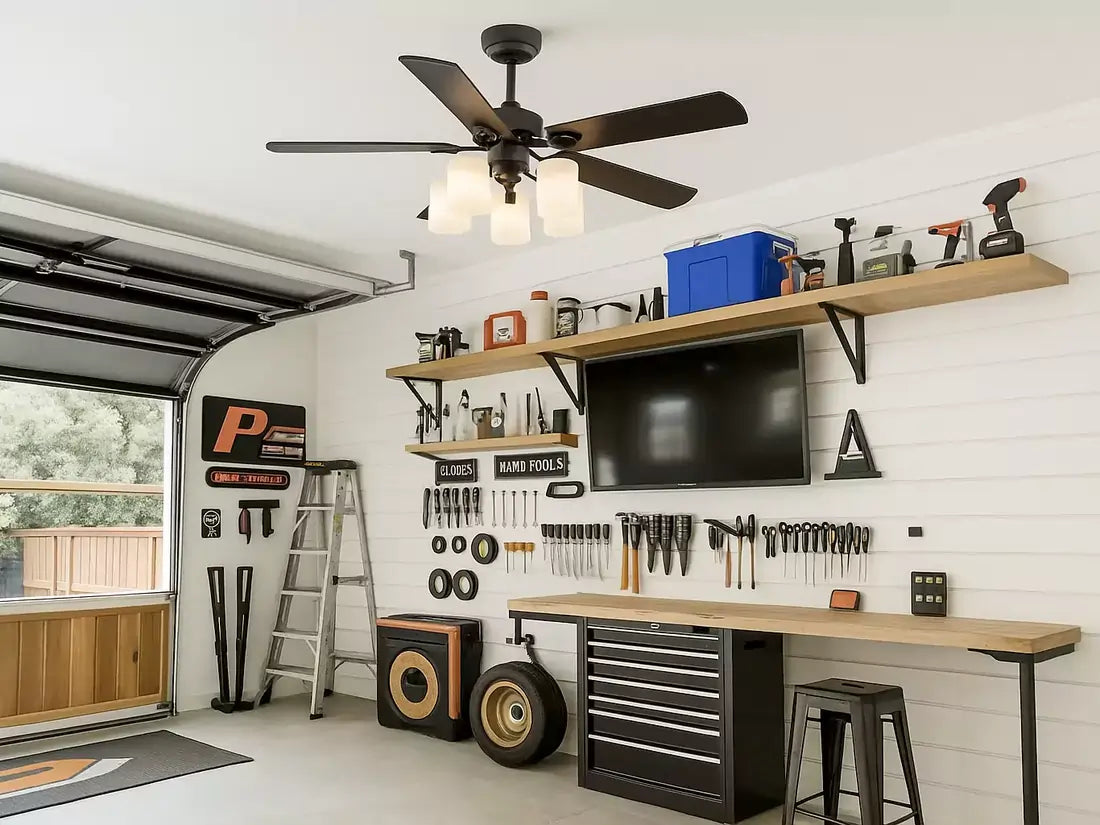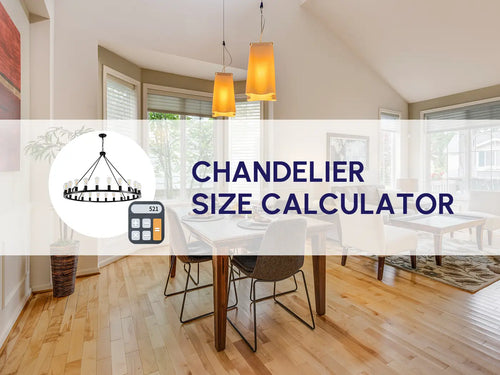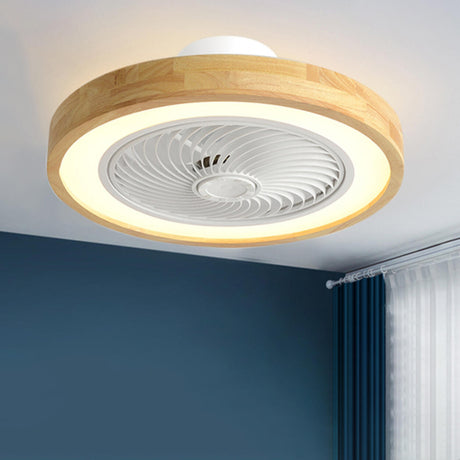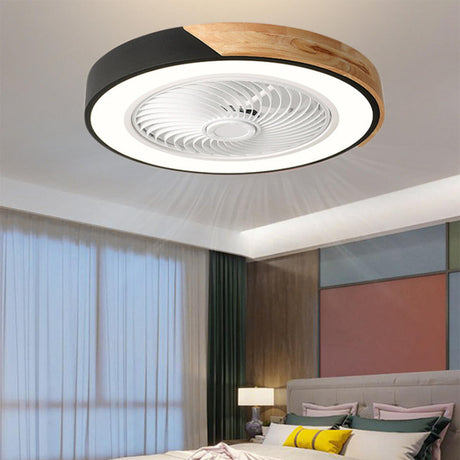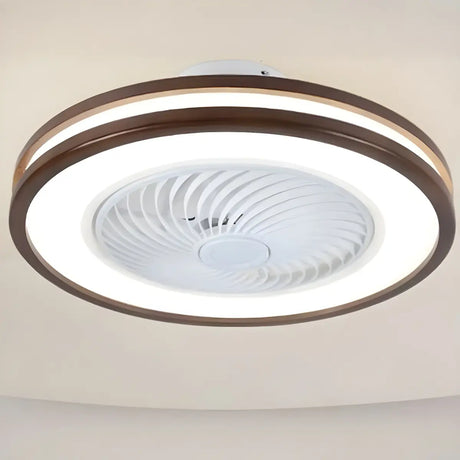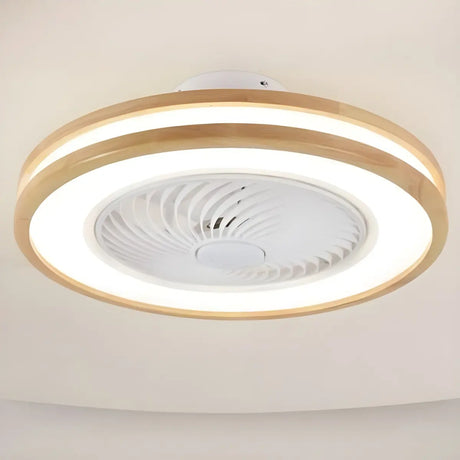We've carefully prepared this straightforward guide to help you quickly select the ideal bladeless ceiling fan size for various room types. Whether you're outfitting a cozy bedroom or a spacious living room, this bladeless ceiling fan size guide ensures optimal airflow and a balanced, stylish appearance for every area in your home.
Table of Contents
How to Get a Bladeless Ceiling Fan the Right Size

The right fan size ensures optimal airflow and comfort. Let's explore how to measure your space and pick the perfect fit.
Bladeless Ceiling Fan General Size
Bladeless ceiling fans are available in a range of sizes, each suited to different room dimensions.
For compact areas like home offices or small bedrooms (up to 90 square feet), models under 36 inches are typically suitable.
In mid-sized rooms such as standard bedrooms or dining rooms (90 to 130 square feet), fans between 36 and 48 inches offer better airflow.
Larger spaces like living rooms (above 130 square feet) usually require fans sized between 48 and 60 inches, while extra-large areas over 320 square feet benefit from models that are 60 inches or more.
Size Measurement Standard
Bladeless ceiling fan size usually refers to the overall diameter of the fan, which is measured in a straight line from one edge of the fan ring to the other edge.

Although bladeless ceiling fans do not have traditional rotating blades, their air outlet structure still forms a ring or disc-shaped design, so the measurement method is similar to that of ordinary ceiling fans:
Straight-line distance across the fan at its widest point = fan size (diameter)
For example:
If the widest part of a bladeless ceiling fan is 42 inches in diameter, then the fan is classified as a 42-inch ceiling fan.
Tips: Before making a purchase, ensure that the size indicated on the product refers to the outer diameter of the fan to prevent any misunderstandings.
Bladeless Ceiling Fan Sizes for Different Rooms
The size of the room is a key factor in determining the size of the fan. If the fan is not the right size, not only will the wind coverage be insufficient, but it may also ruin the overall aesthetics of the space. The following is a reference comparison table of common room sizes and recommended ceiling fan sizes:
| Room Size (ft²) | Recommended Fan Diameter (in) | Typical Room Type |
| Less than 90 ft² | 20-36 in | Small bedrooms, studies, bathrooms |
| 90-130 ft² | 36-42 in | Standard bedrooms, kids' rooms |
| 130-215 ft² | 42-48 in | Master bedrooms, dining rooms |
| 215-320 ft² | 48-60 in | Living rooms, open-plan kitchens |
| Over 320 ft² | 60 in or larger | Large living rooms, high ceilings, villas |
For example:
If your bedroom is approximately 130 ft², it is recommended to choose a 36-42 inch bladeless ceiling fan. This size performs well in terms of wind coverage and space coordination, and is suitable for most medium-sized bedrooms.
If it is a living room of approximately 270 ft², it is recommended to use a 48-60 inch ceiling fan to ensure that the wind is evenly distributed throughout the space and improve comfort.
Ceiling Height and Bladeless Fan Size

Ceiling height is an important factor when choosing the size and installation height of a bladeless ceiling fan. The right height ensures safety and optimal airflow.
Low-ceiling rooms
Bladeless fans are especially suitable for rooms with low ceilings (under 8 feet) because they have a compact design without hanging blades, reducing safety concerns.
Standard ceiling height (8 to 9 feet)
For rooms with standard ceilings, small to medium bladeless fans (36 to 48 inches) are usually ideal.
Since bladeless fans don't have blades that hang down, they offer more flexibility in installation height.
High or vaulted ceilings (10 feet and above)
For high or vaulted ceilings, larger fans (48 inches and above) work better to cover more space and improve air circulation.
If the space is large enough, a regular ceiling fan with blades will also be the best fit.
Common Mistakes and Purchase Tips

Understanding the following misunderstandings will help you make a more informed choice when buying bladeless ceiling fans.
1. Blindly pursuing a large size leads to uncoordinated space
The problem: Many people think that the bigger the ceiling fan, the better. In fact, a size that is too large will make the space look crowded and affect visual beauty.
Buying tips: Measure the room area in advance and choose the appropriate fan diameter.
2. Ignoring the balance between the ceiling fan and the room
The problem: The ceiling fan is too small to reach the whole house, and too large to occupy the space and affect the appearance.
Buying tips: Choose a fan with a diameter of 1/4 to 1/3 of the room width and install it in the center of the room.
3. Ignoring installation height and safety distance
The problem: The ceiling fan is installed too low or too close to the wall, which can easily hit your head or affect the layout of furniture.
Buying tips: Make sure the bottom of the ceiling fan is no less than 7 feet from the ground, and the edge of the ceiling fan is at least 2 feet away from the wall.
4. Only look at appearance and ignore the functional matching
The problem: When purchasing, only pay attention to the shape, ignoring the actual needs, such as air volume, noise, lighting, etc.
Buying tips: Comprehensively consider the functional requirements, such as whether it needs to have lights and air purification, and confirm the matching degree of size and function when purchasing.
Avoid these misunderstandings and choose leafless ceiling fans rationally, which can not only ensure the air circulation effect but also make the home space more beautiful and comfortable.
Final Thoughts
It is really important to choose the right bladeless ceiling fan size. After all, the right size is the best, and the more expensive, the better. If the size is chosen just right, the air volume and sense of space can be perfectly balanced.
We hope this guide can help you sort out your thoughts and pick out the most suitable bladeless ceiling fan based on the room size, floor height, and functional requirements of your home. Remember, choose the right size, the wind will not be annoying, and you can be truly cool and comfortable in summer!
FAQ
How do I choose the right size for a bladeless ceiling fan?
How do I choose the right size for a bladeless ceiling fan?
Measure the room's length and width, then choose a fan size that matches the square footage. Small rooms need smaller fans, larger rooms need bigger ones.
What is the most common bladeless ceiling fan size?
What is the most common bladeless ceiling fan size?
The most common bladeless ceiling fan size is between 36 and 48 inches. It works well in medium rooms like bedrooms or dining rooms, providing good airflow and a balanced look.
Is it better to have a bigger bladeless ceiling fan?
Is it better to have a bigger bladeless ceiling fan?
Not always. Bigger fans cool large rooms better, but if the fan is too big, it can look out of place. It's best to pick a size that fits your room.
Will a bigger bladeless ceiling fan be noisier?
Will a bigger bladeless ceiling fan be noisier?
Not necessarily. Most bladeless fans are designed for quiet operation, regardless of size. Noise levels depend more on motor quality and build design.




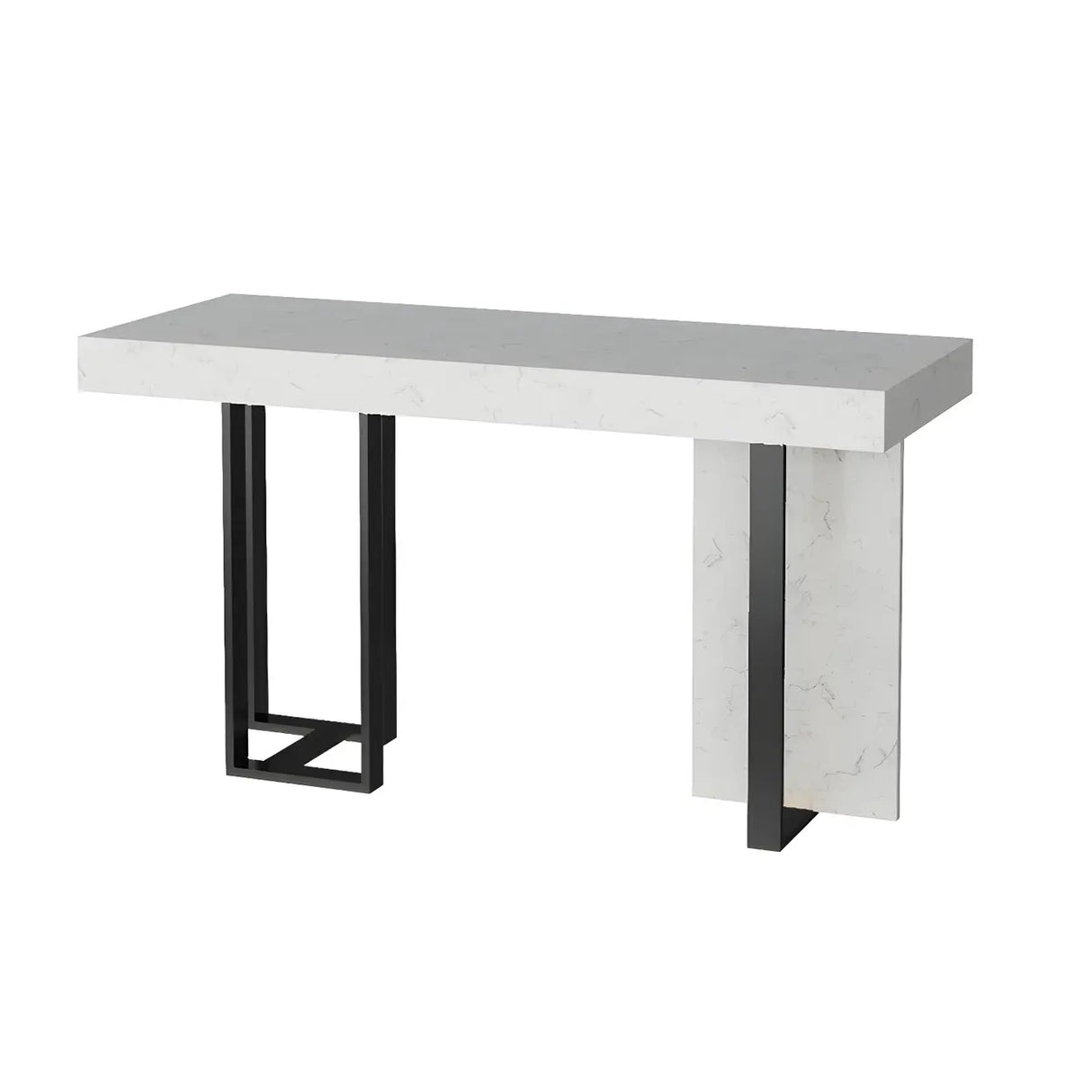





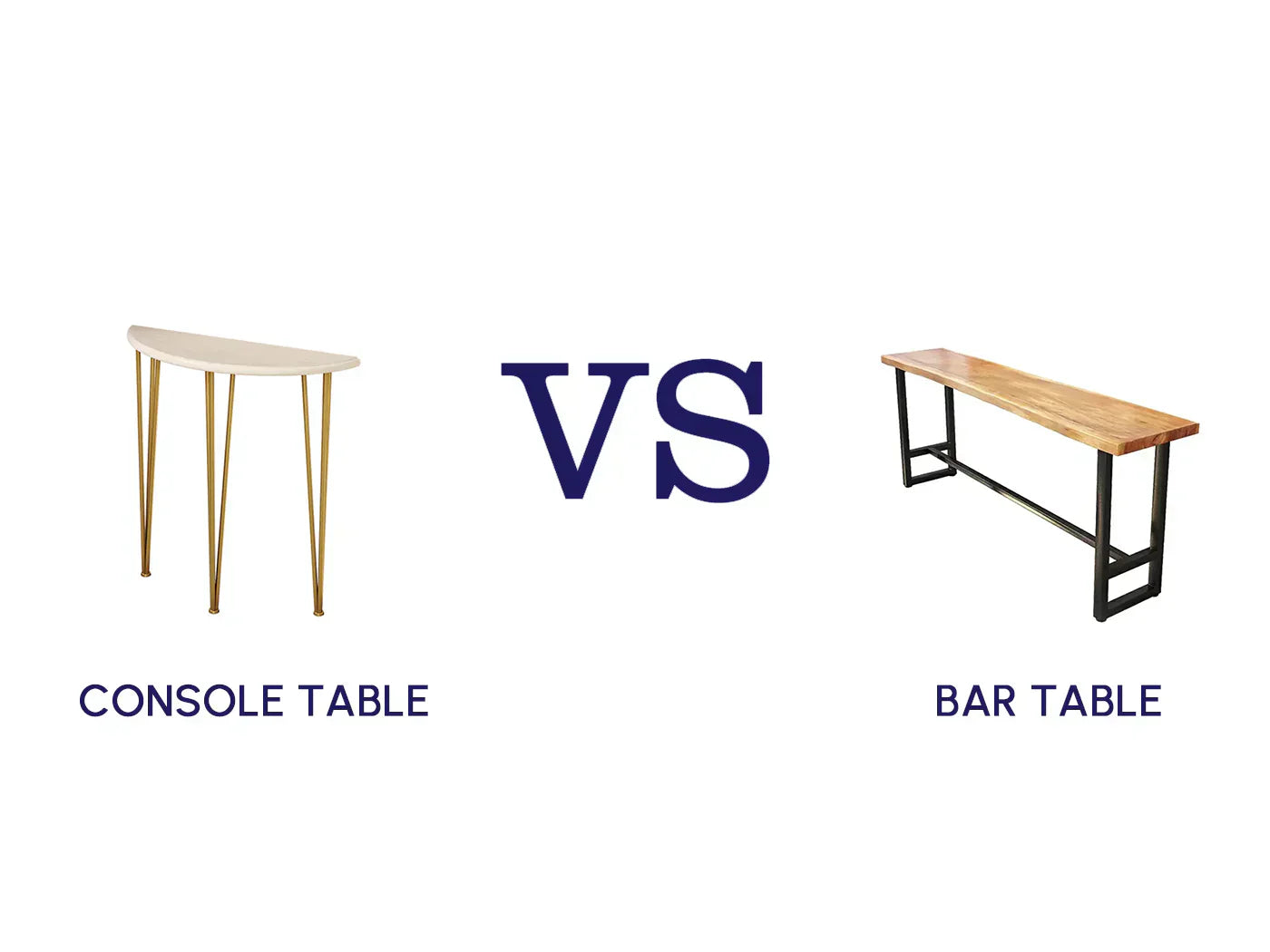














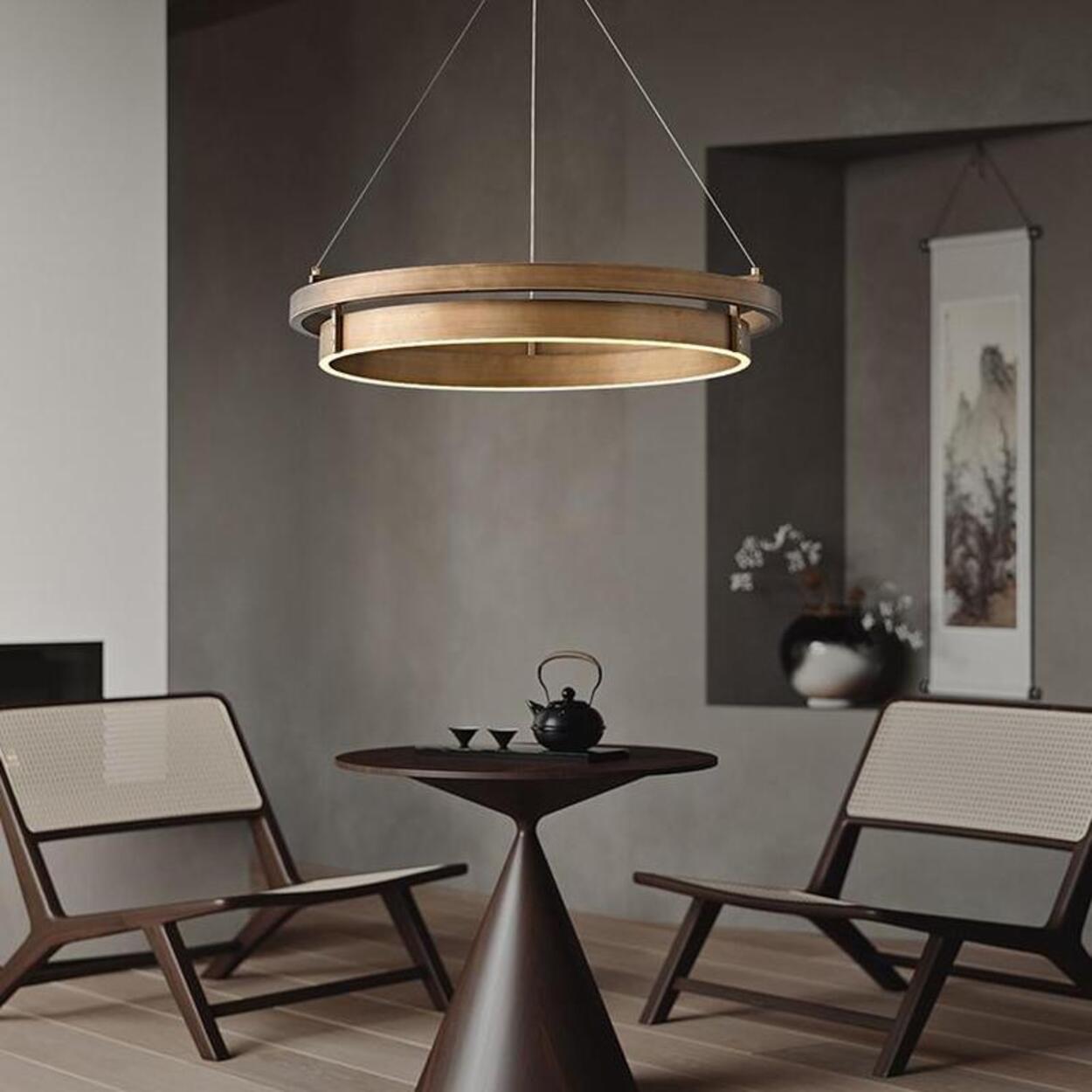


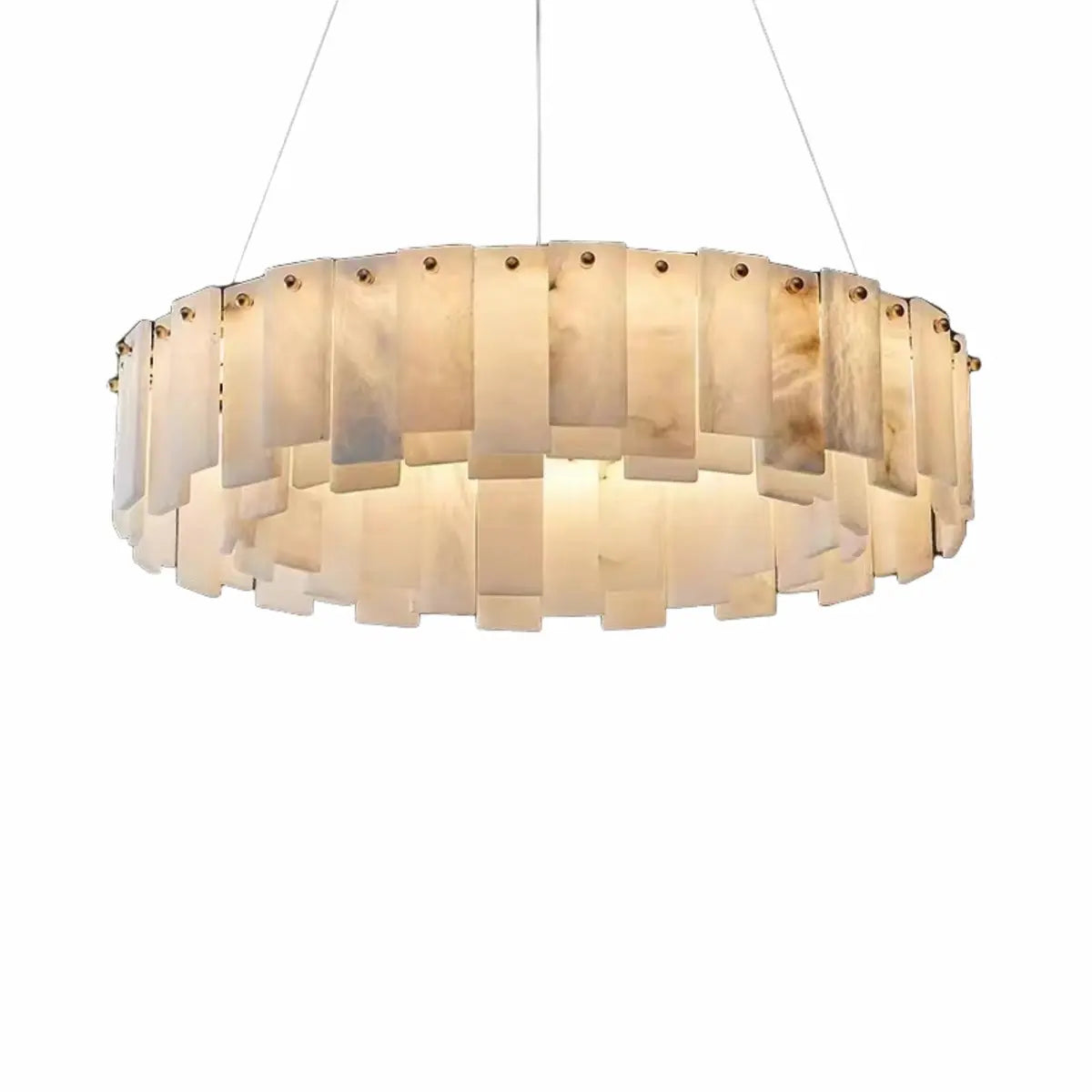







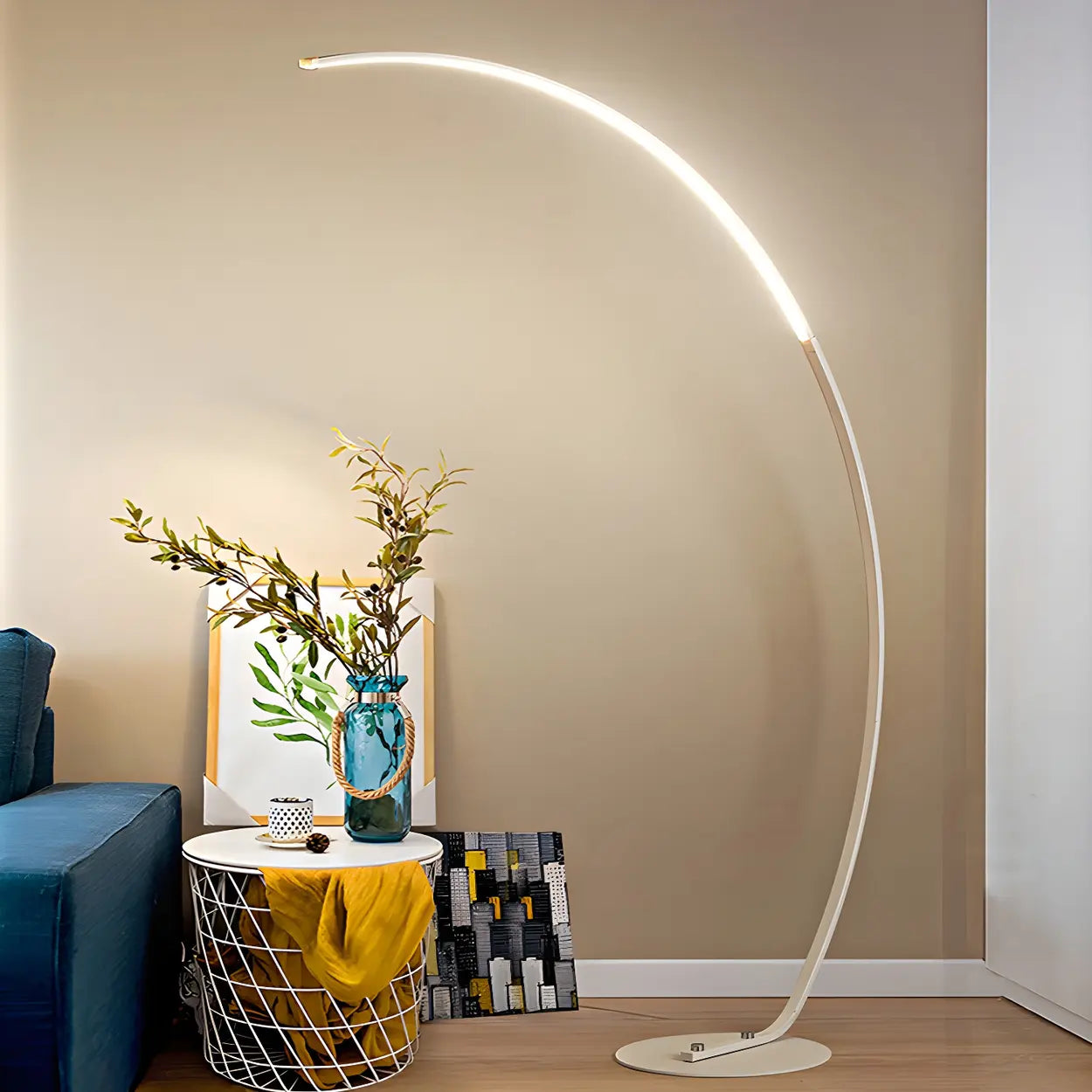
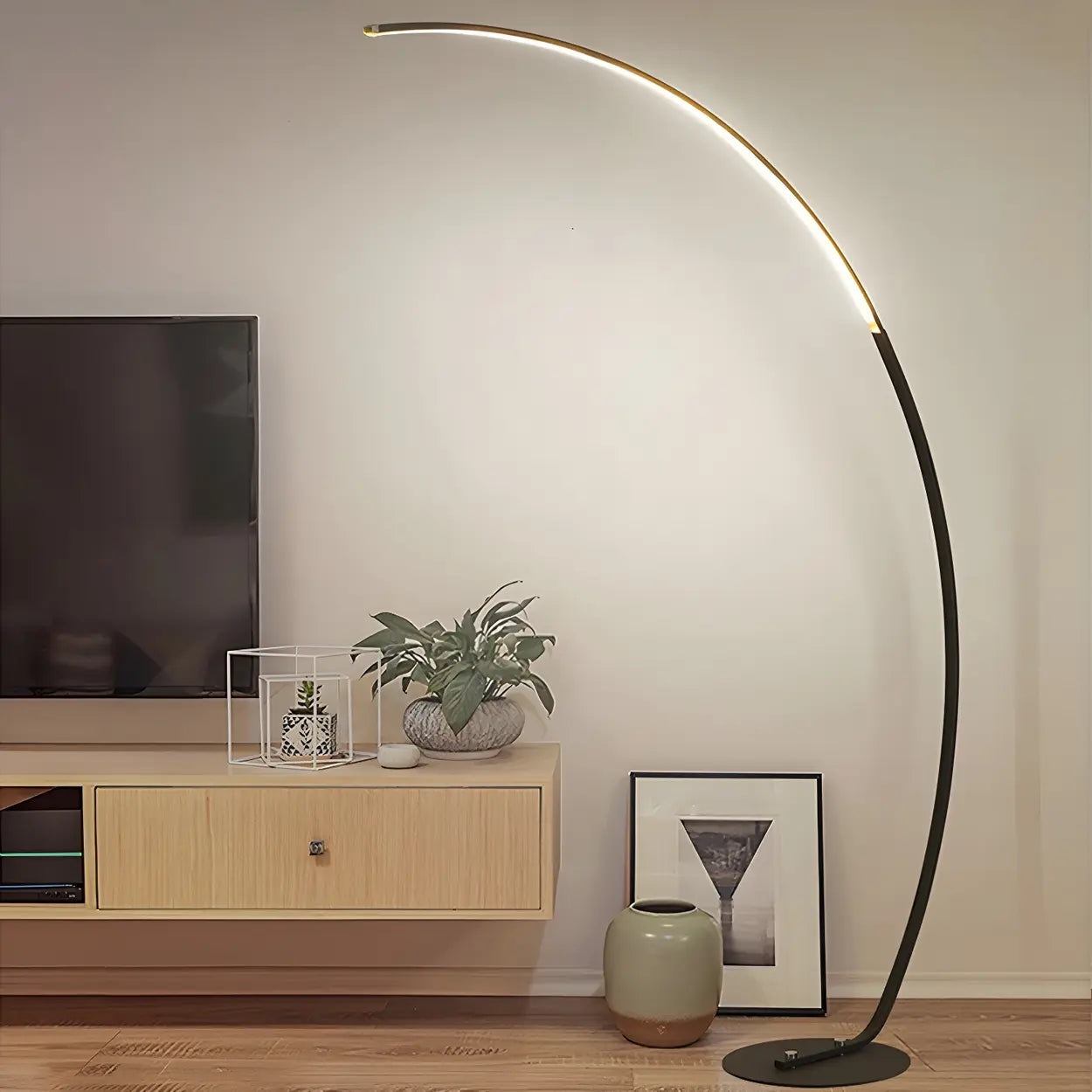

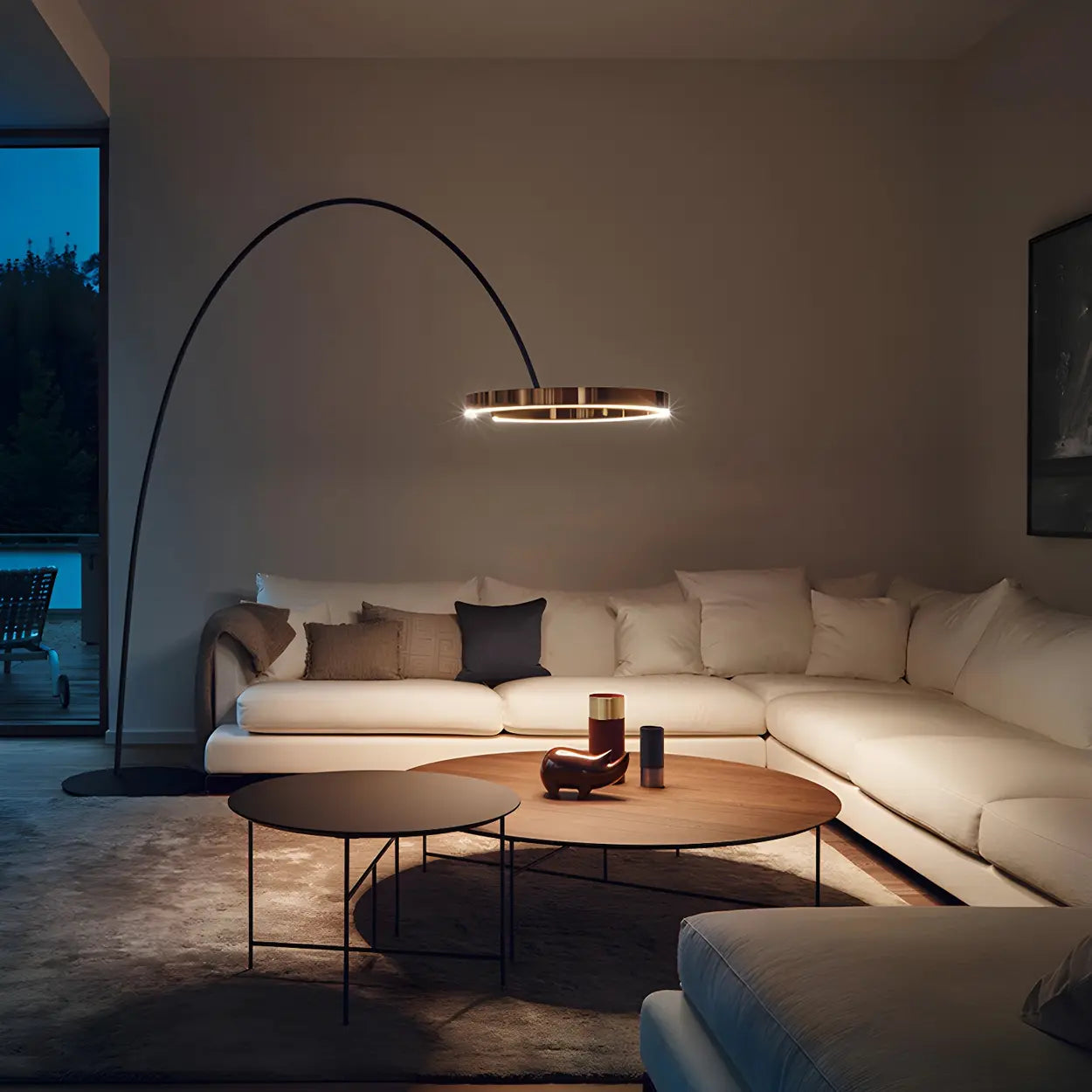
![10 Best Floor Lamp for Reading [2025 Review]](http://www.homebaa.com/cdn/shop/articles/banner_c990b0a4-4743-4902-b6be-5609f7a21a90.webp?v=1747357941)











![How to Choose the Coffee Table Height? [2025 Newest Guide]](http://www.homebaa.com/cdn/shop/articles/coffee-table-height.webp?v=1749523259)


